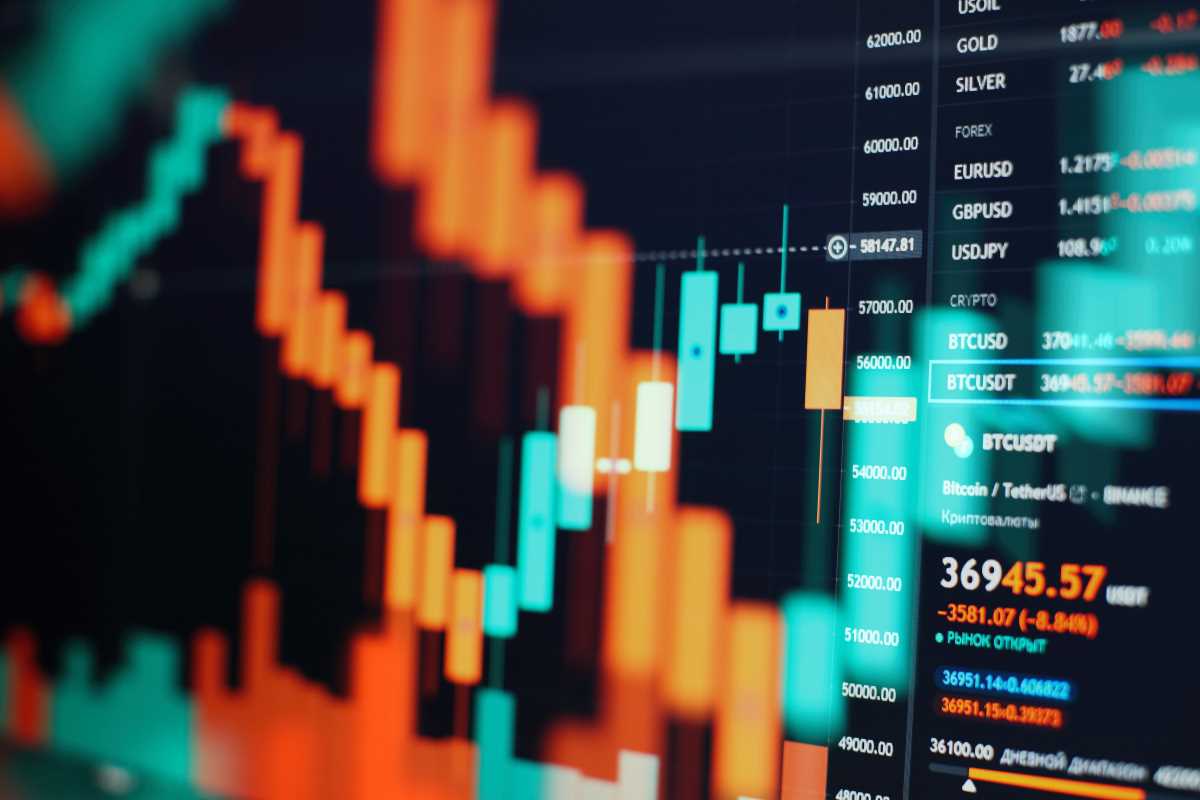For seasoned investors, staying ahead often means having the right tools to analyze potential opportunities and keeping a pulse on major economic factors, like currency fluctuations. Two critical aspects of any robust investment strategy are leveraging online tools for research and understanding how global financial shifts, like dollar devaluation, shape international markets.
This article will explore both topics in detail, arming you with actionable insights to optimize your investment approach.
Using Online Tools to Strengthen Investment Research
Long gone are the days when investors relied solely on financial advisors or physical stock reports. Today, online tools provide real-time, data-driven insights that empower you to make informed decisions on your own schedule. However, with an overwhelming number of platforms available, knowing how to use them effectively is key. Below, we’ll outline practical ways to harness the best tools for your investment research.
1. Screening for Investment Opportunities
Stock screeners have become an indispensable tool for identifying companies or asset classes that align with your investment goals. Platforms like TradingView, Zacks, or Finviz allow you to filter stocks based on metrics like P/E ratios, market cap, dividend yield, or industry sector.
For experienced investors, customizing these filters can narrow down hundreds of options to a shortlist worth exploring. For example, if you’re seeking undervalued small-cap tech stocks, you can set criteria that screens for both price-to-book ratio and the technology sector.
The takeaway? Stock screeners accelerate the discovery process, but it’s vital to cross-check findings with additional resources before making a move.
2. Analyzing Fundamental and Technical Data
Investors typically fall into two camps—those focusing on fundamental analysis and those leaning on technical analysis. Online platforms such as Yahoo Finance or Morningstar can serve as invaluable resources for fundamental data, offering insights into earnings reports, management profiles, and sector performance comparisons.
On the technical side, tools such as MetaTrader or Thinkorswim provide advanced charting capabilities. You can evaluate trends, price movements, and momentum indicators like RSI (Relative Strength Index), crucial for pinpointing optimal entry or exit points.
3. Staying Updated with News Aggregators
Financial headlines often spark the sharpest market movements. Platforms such as Seeking Alpha, MarketWatch, and even Twitter (now X) act as centralized hubs where you can track macroeconomic trends, geopolitical developments, and earnings surprises.
For savvy investors, setting up keyword alerts and subscribing to specific analyst updates ensures you never miss news impacting your portfolio.
4. Simulating Strategies with Virtual Portfolios
Before committing your hard-earned cash, it’s smart to test theories in the real world without any risk. Virtual trading platforms like PaperMoney by Thinkorswim or Investopedia Simulator allow you to execute mock trades based on your strategy.
Experiment with long-term vs. short-term strategies, or test hedging techniques to see how adaptable your portfolio can be under various market conditions.
5. Using Risk Assessment and Portfolio Optimization Tools
Beyond picking investments, understanding portfolio risk is vital. Tools like Personal Capital or Portfolio Visualizer evaluate asset allocation, diversification, and long-term returns.
Additionally, platforms with Monte Carlo simulations can help you visualize potential outcomes based on historical data and volatility, giving you confidence in how your portfolio will behave in shaky markets.
Takeaway for Experienced Investors
While tools simplify research and provide clarity, they are most effective when used in combination. Employ a multi-layered approach—use screeners to identify opportunities, technical analysis for timing, and news aggregators to stay updated on factors that may influence volatility or growth.
The great thing about these tools? They don’t just apply to individual equities—many extend their capabilities to bonds, ETFs, commodities, and even cryptocurrency, covering a wide spectrum for diversified portfolios.
How Dollar Devaluation Impacts International Markets
Now that we’ve tackled online tools, it’s time to pivot. For experienced investors diversifying into international markets, understanding how dollar devaluation influences global economies can be a game-changer.
The U.S. dollar is the world’s primary reserve currency. When its value declines relative to other major currencies, the effects ripple across nations and asset classes. Here’s how this plays out and why it matters to your portfolio.
What is Dollar Devaluation?
Simply put, dollar devaluation occurs when the dollar loses purchasing power compared to other major currencies, such as the euro or yen. This often happens due to factors like low interest rates, rising U.S. debt levels, or Federal Reserve monetary policies like quantitative easing. Conventional metrics like the U.S. Dollar Index (DXY) provide a snapshot of how the dollar fares against a basket of global currencies.
Key Impacts on International Markets
1. Exports Become Cheaper
When the dollar weakens, U.S. goods and services become more affordable to foreign countries. This often gives American exporters a competitive edge, boosting revenues for companies in industries such as manufacturing, tech, and agriculture.
For multinational corporations (MNCs) reliant on exports, a weaker dollar can translate to higher profits in international markets, something worth considering if your portfolio includes companies like Boeing or Apple.
However, the reverse may happen to foreign companies exporting to the U.S.—their goods become more expensive for American consumers, potentially slowing their sales.
2. Foreign Investments Can Be More Attractive
Dollar devaluation sends investors on the hunt for higher-yield opportunities overseas, particularly in emerging markets. Currencies like the Brazilian real or Indian rupee often attract inflows during dollar weakness, boosting equities and bonds within those economies.
Experienced investors may leverage this trend, positioning themselves to benefit from higher growth rates in underdeveloped regions. However, keep in mind that currency volatility poses significant risks in these moves.
3. Commodity Prices Surge
Commodities like oil, gold, and wheat are globally traded in U.S. dollars. When the dollar devalues, these commodities generally become pricier, as the purchasing power of the currency falls.
While soaring commodity prices can spell profit for investors in energy or mining sectors, they may also weaken the purchasing power of consumers in developed and emerging nations alike, reducing disposable income and potentially hurting economic growth.
4. Currency Hedging Becomes Crucial
For investors with exposure to international markets or global ETFs, dollar devaluation poses both risks and opportunities. Hedging techniques, such as purchasing currency-hedged ETFs or options contracts, can shelter portfolios from adverse moves.
5. Impacts on Interest Rates and Debt Markets
Finally, a devalued dollar often impacts global fixed-income investments. Lower dollar values typically mean higher inflation pressures, which may prompt central banks in other regions to raise interest rates. Similarly, dollar-denominated debt held outside the U.S. becomes harder to service, raising default risks in heavily indebted nations.
Strategic Tips for Navigating Dollar Devaluation:
- Monitor Emerging Markets for potential investments but be selective with regions offering favorable political and fiscal stability.
- Diversify with Commodities like precious metals, which often act as safe-haven assets during periods of currency weakening.
- Hedge Globally Exposed Assets by considering both currency-hedged funds and direct currency trades where applicable.
Whether you’re evaluating small-cap gems on stock screeners or rebalancing portfolios to hedge currency risks, the winning strategy is understanding how all these factors interplay. By combining the right tools and expertise, you’ll be better prepared to weather market challenges and emerge ahead.
 (Image via
(Image via
.jpg)




